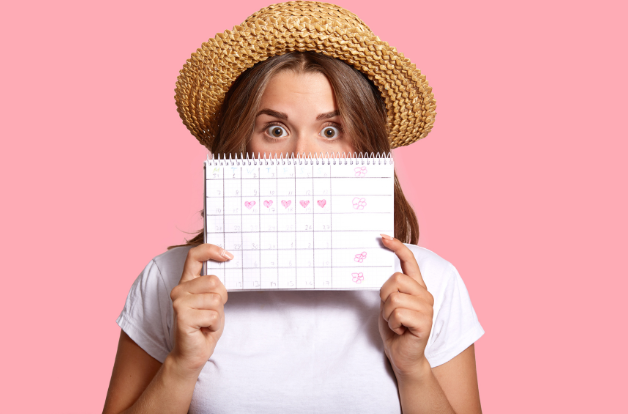Fertility Tracking Tips
Your basal body temperature rises slightly (about 0.5°F) after ovulation due to increased progesterone. Tracking your BBT every morning before getting out of bed can help confirm ovulation occurred. You'll need a special basal thermometer that measures to 1/100th of a degree for accuracy.
Your cervical mucus changes throughout your cycle. Fertile mucus is clear, stretchy, and resembles raw egg whites - this indicates your most fertile days. After ovulation, it typically becomes thicker and cloudier or disappears entirely. Tracking these changes can help predict ovulation.
Ovulation predictor kits detect the luteinizing hormone (LH) surge that occurs 24-36 hours before ovulation. These urine tests can help pinpoint your most fertile time. For best results, test in the afternoon when LH levels are highest, and start testing a few days before you expect ovulation.
Consider using a fertility tracking app to record your symptoms, temperatures, and test results. Many apps use algorithms to predict your fertile window based on your data. Look for apps that sync with wearable devices for automatic temperature tracking.
What is the Process of Ovulation?
Ovulation is a complex hormonal process that releases a mature egg from the ovary. Here's how it unfolds:
The pituitary gland releases FSH (follicle-stimulating hormone), causing 15-20 eggs to begin maturing in fluid-filled sacs called follicles.
One follicle becomes dominant while others disintegrate. This follicle produces increasing estrogen.
Estrogen triggers a luteinizing hormone (LH) spike, causing the dominant follicle to release its egg within 24-36 hours.
The follicle ruptures, releasing the egg into the fallopian tube where it survives 12-24 hours for potential fertilization.
The empty follicle transforms into the corpus luteum, producing progesterone to prepare the uterine lining.
Key Fact: This entire process is controlled by the hypothalamus-pituitary-ovarian axis, with hormones communicating between brain and ovaries.
Can I Get Pregnant After Ovulation?
Pregnancy after ovulation depends on precise timing:
1. The 12-24 Hour Window- An egg survives only 12-24 hours after release
- Fertilization must occur within this timeframe
- After 24 hours, the egg disintegrates and pregnancy isn't possible until next cycle
If you mistake secondary ovulation signs (like cramps) for the main event, you might still be fertile because:
- LH surge precedes ovulation by 1-2 days
- Some women feel ovulation pain after the egg is released
Best Practice: If trying to conceive, have intercourse before ovulation (sperm can live 5 days) rather than after.
How Many Days After Period Do You Ovulate?
Ovulation timing post-period varies by cycle length and phase duration:
Ovulation: Day 5-7
Short follicular phase means ovulation occurs soon after bleeding stops
Ovulation: Day 12-14
Average cycle with ovulation typically around 2 weeks after period starts
Ovulation: Day 19-21
Longer follicular phase delays ovulation until week 3
Key Variables Affecting Timing
- Follicular phase length: Varies more than luteal phase (which is typically 12-16 days)
- Bleeding duration: Women with 7-day periods ovulate later than those with 3-day periods in same cycle length
- Hormonal factors: Stress, illness, or medications can delay ovulation
Tracking Tip: Use basal body temperature and cervical mucus changes to confirm ovulation rather than relying solely on calendar predictions.
Personalized Ovulation Predictions
Our calculator analyzes your unique cycle patterns for accurate results
Calculate My Ovulation Date

